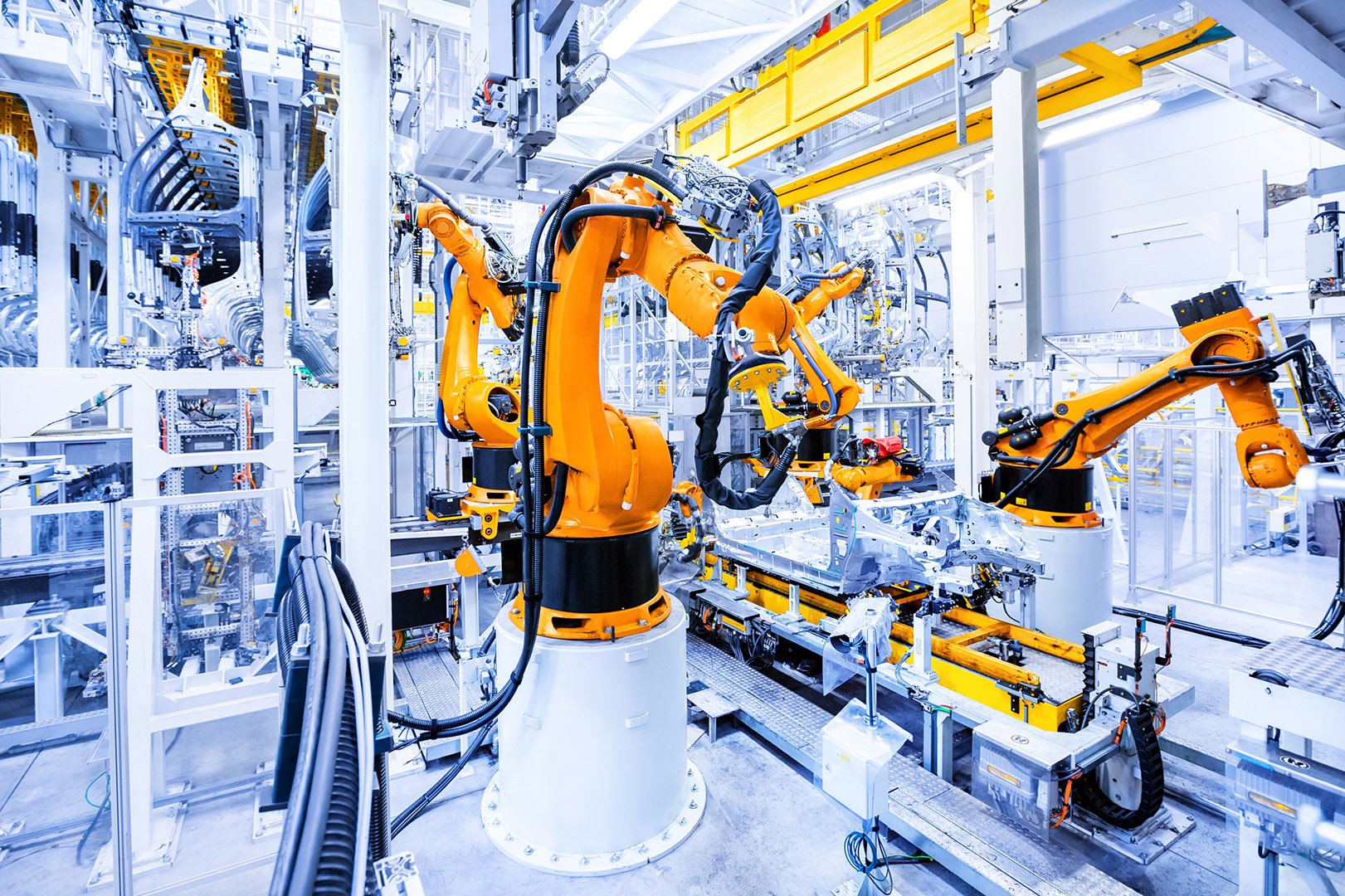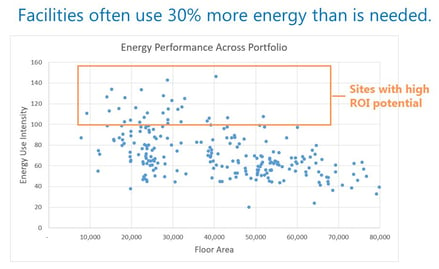Sustainability | May 31, 2023
Energy prices are volatile. Your facilities don’t need to be.
This blog is the second in a three-part series exploring how investing in sustainability now will help protect your business from mounting facility-centric risks: the rise of building performance regulations, increasing energy prices, and the high costs of a run-to-fail approach to operations/business downtime.
Higher, more volatile energy prices can put any good budget in jeopardy — unless you turn that risk into long-term opportunity to improve facility performance, and in turn, increase business value.
Energy use represents a significant operating expense across multiple facility types and is the top expense in commercial office buildings, comprising one-third of typical operating budgets, according to ENERGY STAR data.
It’s no wonder the historic 14.3% surge in electricity prices in 2022 exacerbated financial pressure on many organizations.
And prices aren’t expected to come down, either according to our own analysts and corroborated by the U.S. Energy Information Administration. We will continue seeing volatile pricing in the future for both electricity and natural gas.
Meanwhile demand for energy is going nowhere but up, driven by increasing heating and cooling needs related to climate change, facility energy waste, and the move toward electrification.
So, where can you start to keep your facilities ahead of the energy price threat? The first step is to understand what’s behind it.
Close-up on rising energy price volatility
A variety of megaforces have converged to create the instability we see today in global energy prices.
For starters, many facilities use natural gas as a direct fuel source for building heating and hot water. Natural gas is also the largest source of electricity generation in the U.S. As natural gas prices go, so too do facility energy costs across heating, hot water, and electricity consumption.
But global demand for exported U.S. liquid natural gas (LNG) in the wake of Russia-Ukraine, have been driving natural gas price volatility that impacts both these facility needs.
Demand for electricity is also on the rise. Stark contrasts in temperatures from extreme heat to cold fronts are prompting more facility managers to ramp up the heat, or the AC, depending.
At the same time new policies continue to promote electrification of buildings, industries, and vehicles — together representing 20% of the emissions reductions required to reach net zero — which will in turn cause increased electricity demand.
Energy price volatility is here to stay. But you can stay ahead of it. One key way to buffer your business from that risk is to reduce energy waste, in turn reducing unnecessary exposure to energy costs. From energy-efficient lighting to integrated building management systems, there are many ways businesses can optimize their energy use.
Another approach to managing this risk is through a supported energy procurement strategy where suppliers actively compete for your business. By cutting through the complexity of traditional energy procurement and leveraging a favorable buying environment, you can transition to green power while securing the lowest cost and best terms available.
The outsized impact of building inefficiency
Energy price risks pose a clear and persisting challenge for facility managers and are impacting the bottom line as we speak.
But a major part of the risk — and the opportunity — is that facilities often consume 30 percent more energy than they actually need.
The good news is that even low-hanging fruit solutions to optimize energy use like upgrading lighting systems can have a significant impact on operating expenses.
A 10 percent decrease in energy use could boost net operating income by 1.5 percent — with additional cost savings as the energy savings grow.
How to keep your facilities ahead of the price-volatility threat
To rein in wasted energy (and dollars), start with a good, portfolio-wide look in the mirror: how much energy do your facilities use today? And, what price are you paying for that energy? If you haven't done this or aren't sure how to get started, you are not alone — we can help with that.
Measuring energy use and tracking price is the first step toward reimagining energy strategy to reduce costs — and accelerate your broader business goals, too.
In a world of increasing energy price uncertainty, businesses have a powerful opportunity to take control of facility energy use, addressing climate change and supporting the bottom line.
Learn how a Mantis Innovation expert can help your facilities get ahead of rising, and volatile energy costs. And stay tuned for the next topic in the risk series: operational risks.
Related Posts
Discover more content and insights from Mantis Innovation

Carbon Credits Explained: A Primer for Achieving Your ESG Goals
In the race to achieve net-zero emissions, carbon credits have become a crucial tool for companies with hard-to-abate emissions. As of 2024, almost half of the Fortune 500 companies have net zero

Five Trends Driving Data Center Facility Energy Optimization
Today’s digital economy, commercial and industrial digitalization, and the recent explosion in artificial intelligence and machine learning (AI/ML) powered computing are driving massive growth in

Modernizing Manufacturing Facilities: Practical Steps for Better Performance
In today's competitive manufacturing landscape, staying ahead requires more than maintaining the status quo. Modernizing facilities and operations is essential for improving efficiency, performance,

Modernizing Manufacturing Facilities: The Drivers and Direction
This blog is just a glimpse into the deep dive we take in our new white paper, Modernizing Manufacturing. Download the white paper here to skip the teaser and get the whole story. The stage is set
